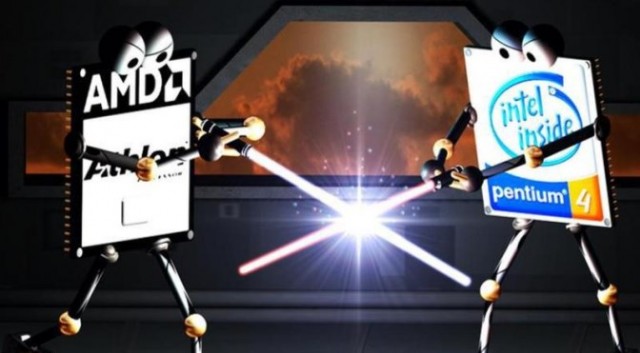
Computer enthusiasts who have purchased a Pentium 4 CPU between Nov. 20, 2000 and Dec. 31, 2001 will be awarded a $15 check due to the settlement of a class-action lawsuit claiming that Intel “manipulated” benchmark scores to artificially inflate the chip’s performance in comparison to AMD’s Athlon. Affected systems also include anything with a first-generation Willamette Pentium 4 and all Pentium 4s below 2 GHz purchased between January and June 2002. As part of the settlement, Intel is also obligated to donate $4 million toward an unnamed education fund.
If the above applies to you, all you have to do to qualify for the 15 bucks is list the model number of the system you bought, not actually dig up the original purchase receipt. Under penalty of perjury, you’re required to honestly provide some proof that you purchased a processor at the time by providing a retailer’s name, location, and approximate date of purchase. Unfortunately, Illinois residents are not eligible for the settlement.
Joel Hruska, a journalist from ExtremeTech , initially discovered the performance discrepancy early in the millennium and suggested that benchmark tests were manipulated in favor of Intel. In the year 2000, AMD CPUs performed extremely well in the benchmark test Sysmark 2000. A year later, AMD CPUs performance immensely lagged behind that of Pentium 3s and 4s in Sysmark’s 2001 Internet Content Creation tests. The difference was mainly attributed to the way the benchmark test behaved, in that they didn’t just test to see whether or not the CPU supported SSE, but checked for a specific string called “GenuineIntel,” something the AMD processors obviously lacked; lacking this string caused the benchmarks to fail to recognize AMD’s SSE and lowered the benchmark’s score.
At the time, the inaccuracy was not considered a secret alliance between Intel and Sysmark to smear AMD’s public image, but was written off as a one-time error. Fast forward a few years to 2004 — the year that Intel’s Prescott debuted at the same time as the open-source POV-RAY 3.6.0 benchmark — and again we have another incident of odd benchmark readings. POV-Ray 3.6.0 provided extremely low readings for both AMD hardware and Intel’s predecessor to the Prescott, whereas POV-RAY 3.5 provided higher readings for the AMD than the subsequent version, implying that the most recent test was altered to favor the Prescott. Naturally, Hruska contacted POV-Ray, but the company responded that he was a liar.
So, if you’re one of the chosen few to receive the $15, take it and buy yourself a big ol’ cheeseburger in commemoration of big business practices; that’s almost one dollar per year!
Source ExtremeTech
Advertisement
Learn more about Electronic Products Magazine





